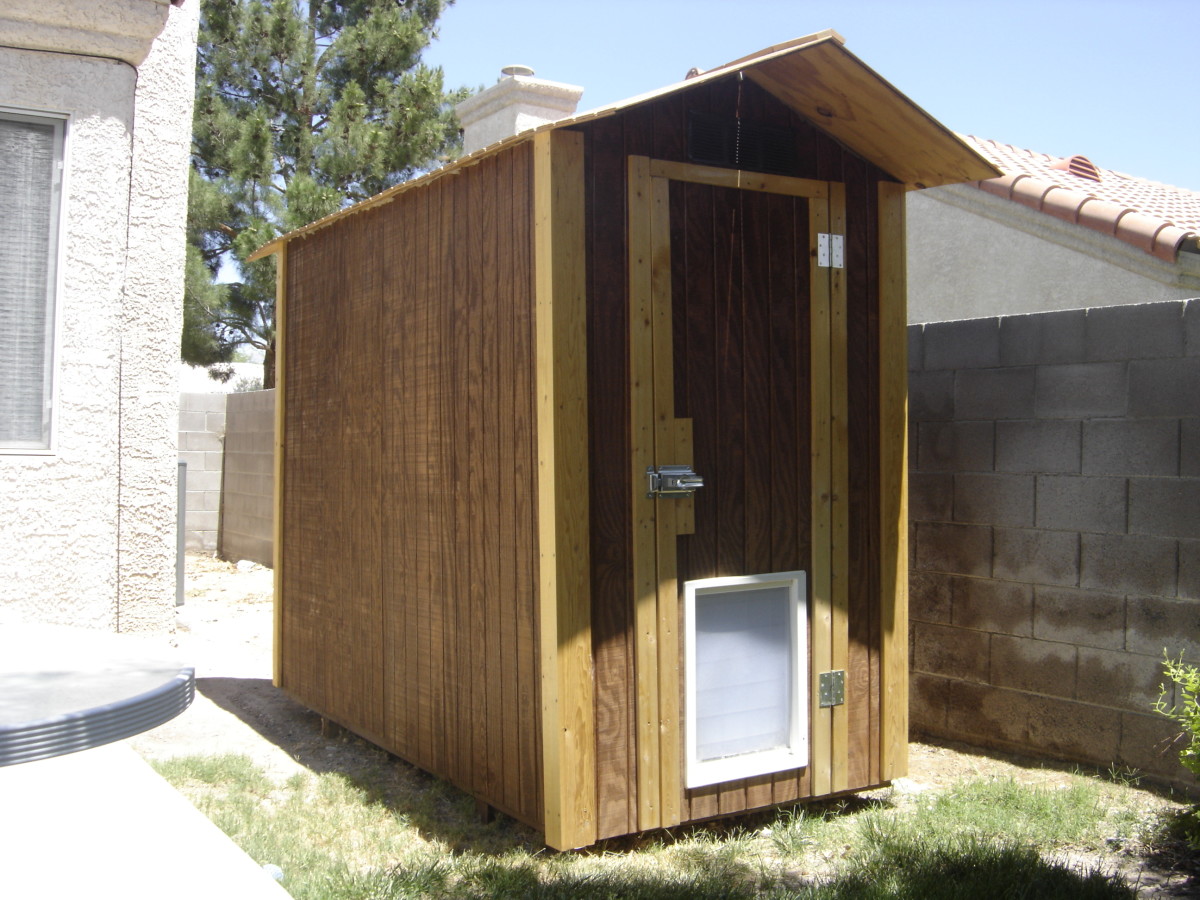A Metal Detector Pinpointer is a Critical Piece of Metal Detecting Gear
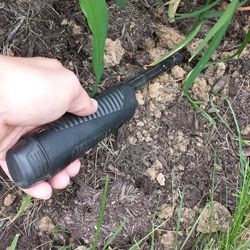
The Benefits of Using a Metal Detector Pinpointer
It is no secret that I have become an avid metal detectorist recently. I have purchased all of the gear that allows me to enjoy this hobby to its fullest, and have been unearthing some great finds. My start into this hobby did not go too well though, and I struggled at first to locate the objects that my metal detector had indicated were beneath the ground. I quickly learned that I was missing one piece of critical gear - a metal detector pinpointer.
Locating a buried coin or other relic can be very difficult, even though you have already dug it out of the hole. It can be sitting inside of a dirt clod not much larger than the coin itself, and without a pinpointer you can spend a lot of time breaking apart pieces of dirt to locate the object.
Most pinpointers will vibrate and emit a tone when its tip comes within an inch or so of the metal object. So after you have removed a plug of sod or dirt from the ground, you can use the pinpointer to home in on the actual location of the metal object. When you probe the dirt or around the inside of the hole you have dug, if the pinpointer goes off you know that you are within an inch of the object.
These pinpointers for metal detecting offer several benefits:
- They speed the recovery of buried objects, allowing you to locate items faster and spend more time searching for other buried 'treasures'.
- They help to eliminate frustration. There is nothing more frustrating than getting a good signal and spending many minutes sifting through the dirt while attempting to locate the actual object.
- They can allow you to make less of a mess while digging. You can pop a plug out of the soil, and pinpoint the object, keeping you from doing more digging while searching.
- They can keep you from digging a deep hole, when all you need is a shallow one. When you get a good signal from your metal detector, you can run the pinpointer over the top of the sod or ground. If it sounds off, then you know that the object is within an inch or so under the surface.
(Image Credit to InterRev - This is a personal photo of the Bounty Hunter pinpointer that I own.)
Pinpointer Metal Detector Recommendations


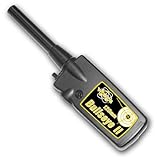
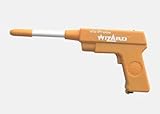
Which Pinpointer Do You Think is Best?

Pinpointers are great devices, but there are a number of choices available.
Which one would you choose and why?
If you were in the market for a pinpointer, which model would you choose?
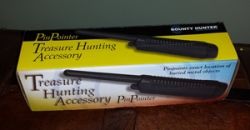
Tips For Using a Metal Detector Pinpointer
How to get the most out of it.
(Image Credit to InterRev - Personal Photo)
Like I said before, I honestly don't know how I lived without my pinpointer. I spent way too much time sifting through dirt, when I could have could have easily located the item quickly. Many times, I even gave up on targets that I had dug, because I spent too much time searching only to find nothing.
Here are a few helpful tips that will allow you to get the most out of your pinpointer.
- If you detect an object with your metal detector, and it indicates that it is shallow, scan the sod or top of the soil with your pinpointer to see if the item is sitting just below the surface. The pinpointer will typically detect objects up to an inch or so away. Doing this can allow you to avoid digging a big hole, when you may need to dig just under the surface.
- When you pop the plug of sod or soil from the hole, check it with your detector to see if the object is in the plug. If so, start scanning the bottom of the plug with the pinpointer, and then start scanning the edged. If you get no signal, then start removing layers of dirt from the plug with your hand digger and continue scanning with your pinpointer until you locate the object.
- You can also take the plug in your hands and bend it. This will create crevices in the plug, which you can run your pinpointer through. This is often a quick way to locate an object that is deep within a plug.
- If the target is not in the plug, then use your pinpointer to scan the bottom of the hole. Then make sure you scan all around the inside edges. This should help you determine if the object is in the wall of the hole or still in the bottom.
- If you are unable to get a signal from your pinpointer, then dig a little deeper. You can also take layers of dirt off of the interior walls. Place the dirt you removed on a towel outside of the hole. Scan the dirt you removed with your pinpointer, and continue to scan the bottom of the hole and the interior walls.
- When you have located the object, continue scanning the hole with your metal detector to see there are any additional signals. There may be a pocket-spill of coins in that hole.
- As you probe around with your pinpointer, make sure that you don't attempt to force it into the ground. Most pinpointers are durable, but they are not designed to be 'digging tools'. Take care of your pinpointer and use it wisely, and it will take care of you.
My Most Recent Metal Detecting Find
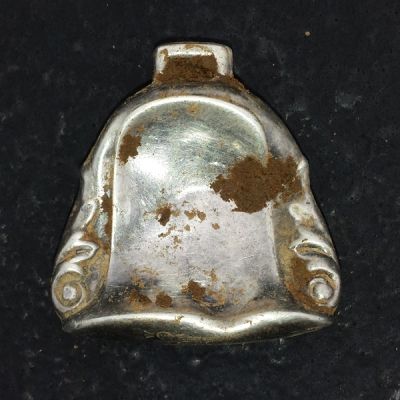
Video Showing a Garrett Pro-Pointer in Use - See how quickly and easily a pinpointer can help you locate your finds.
Here is a great video that you need to watch if you are considering purchasing any brand or model of pinpointer for metal detecting. You can see in this video exactly how a pinpointer is used to speed the recovery of your objects.
This video specifically shows the Garrett Pro-Pointer model in use, and talks about the features and benefits of this model. I can tell you that the Pro-Pointer typically runs around $125.00, which may seem a bit expensive. They are the best of breed though, and if you are looking for a top of the line pinpointer, then you should be looking at the Garrett. If you are looking for a more economical pinpointer, then take a look at the Bounty Hunter pinpointer, which usually runs less than $40.00.
No matter which pinpointer you choose, it is definitely a crucial piece of gear that any metal detectorist should have on them. I honestly don't know how I ever lived without one.
Pinpointer Duel
Do you agree that a pinpointer is a vital piece of gear for a metal detectorist?
Find What You Are Looking For!
Didn't find what you were looking for on this lens? Use the search box to find what you are searching for!
Thanks for stopping by. I welcome any questions or comments that you may have.
Do you see the benefits of using a pinpointer for metal detecting?
Have any tips or tricks that you can add?




